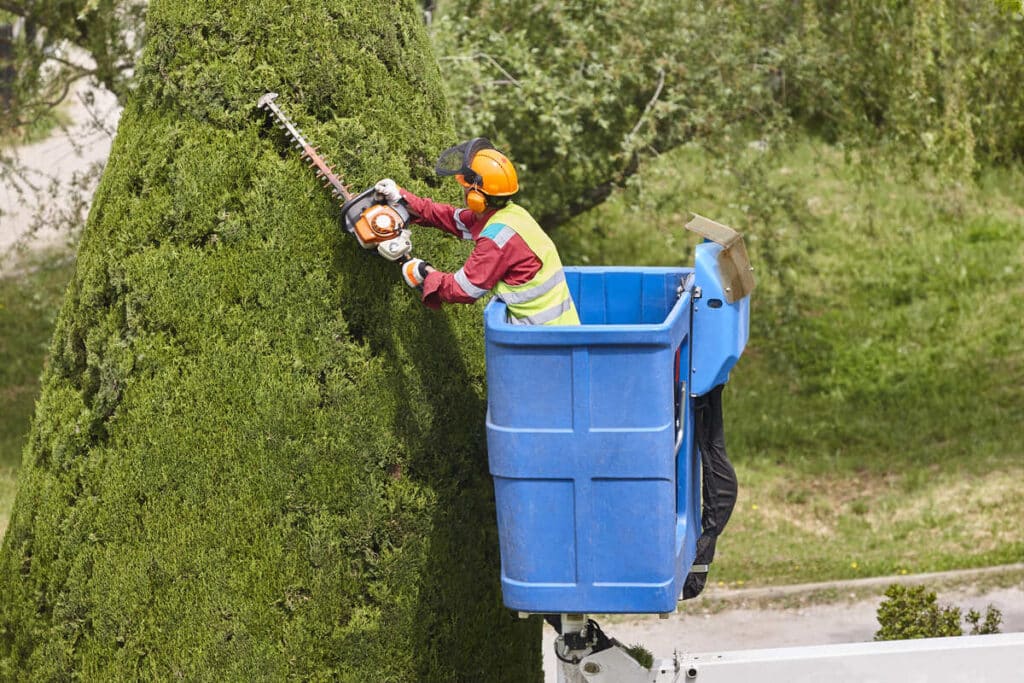
Proper tree care is the key to greener, cleaner, and fresher cities. One of the most essential tree care tasks is tree trimming. With trimming, you remove dead, damaged, or diseased branches, reduce the risk of falling branches, and encourage healthy growth. This way, you ensure your trees are strong, healthy, green, and neat. In this article, we’ll look at the best times to trim trees in New Jersey.
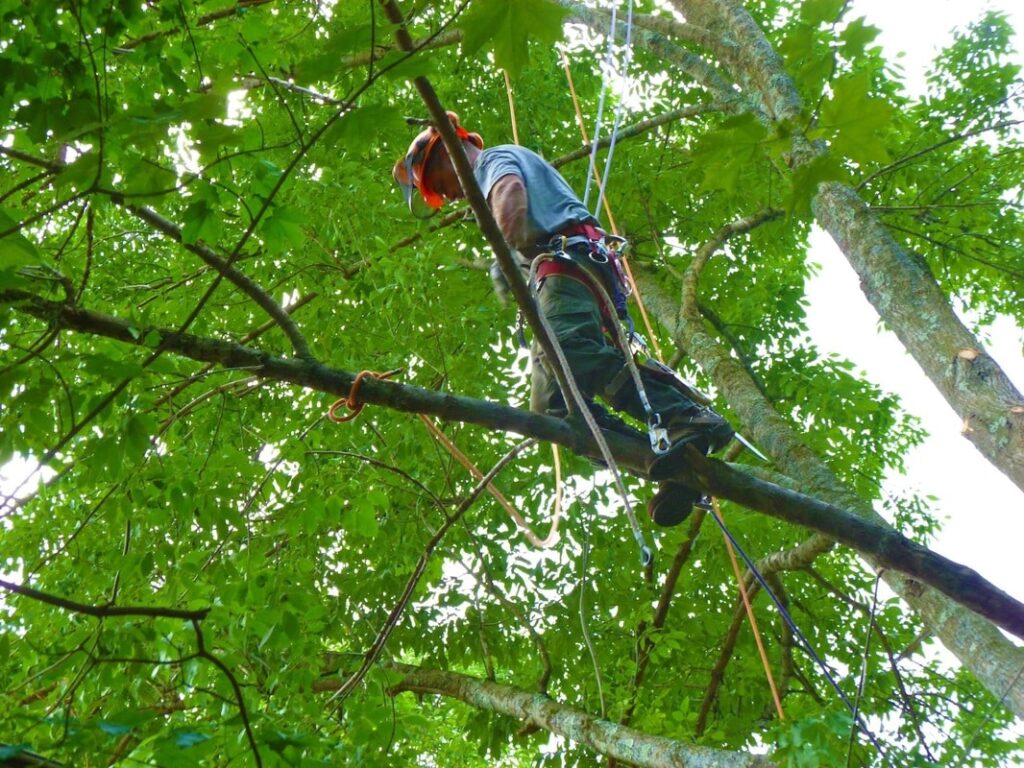
Excuse us if we are harshly honest, but some “rookie tree companies” make mistakes like trimming inappropriately, too much, and at the wrong time.
For instance, trimming cuts at the wrong time weaken your tree’s defense against pests and infectious diseases.
So, trimming your trees the wrong way and at the wrong time is detrimental to their health.
Also, you should know that trimming and pruning are mistakenly used interchangeably. But you should know the difference between trimming vs pruning.
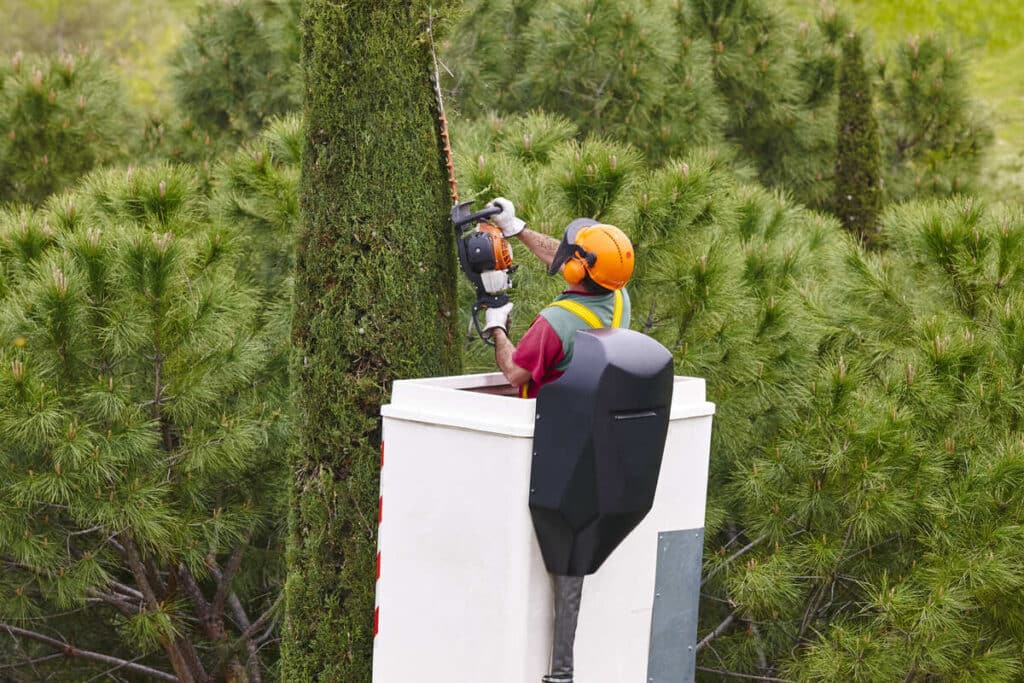
When you hire an expert tree company, you can get the following 12 benefits when trimming your trees:
The best time to trim trees in New Jersey depends on their type and growth patterns. Two of the most popular types of trees in New Jersey are deciduous and coniferous trees.
A deciduous tree is a plant that sheds its leaves annually. Examples of deciduous trees are oak, maple, and elm because they lose their leaves in the fall and go dormant in the winter.
So, what does it mean that a tree goes dormant? Like bears, trees hibernate during fall and winter to survive the cold.
This period of inactivity starts during the fall and ends in spring when trees begin to grow again. Also, during dormancy, trees use their energy on root growth, making it the best time to trim without harming the tree.
In New Jersey, the best time to trim trees is during the dormant season, which typically lasts from late fall to early spring. Trimming deciduous trees during this time is less stressful for them and allows them to recover faster.
Dormant season trimming helps promote healthy growth, reduces the risk of disease and pests, and improves the tree’s overall appearance.
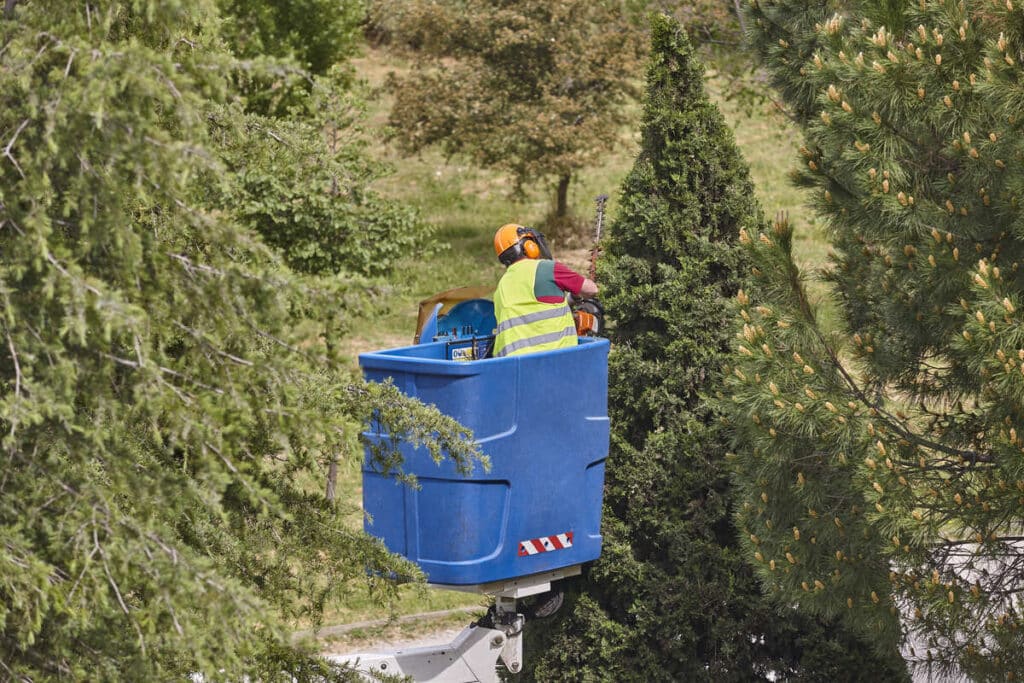
Coniferous trees, such as pine and spruce, don’t lose their leaves and should be trimmed, preferably during summer and fall, as this allows enough time for new growth to harden before winter. However, when new growth starts, you should avoid trimming coniferous plants in the spring.
Coniferous are usually easier to trim than deciduous trees, making the process less stressful for the plant.
If you have small coniferous trees that need trimming, you can do it yourself with pruning shears.
However, if you have more giant trees or are unsure how to trim them, it’s best to consult a professional tree service.
The best time to trim oak trees in New Jersey is January. You can also prune in the heat of the summer. Generally, you can do some trimming between July and January. You should never trim your oak tree between February and June because that’s when new growth emerges.
However, if your oak tree is damaging your house, was destroyed by a storm, or even poses a danger to your property and loved ones, you should trim it and clean the mess as soon as possible.
Crepe Myrtle is one of the most popular deciduous shrubs in New Jersey. From July to September, it explodes with white, deep rose or magenta blossoms. So, the best time to prune Crepe Myrtles is winter and early spring.
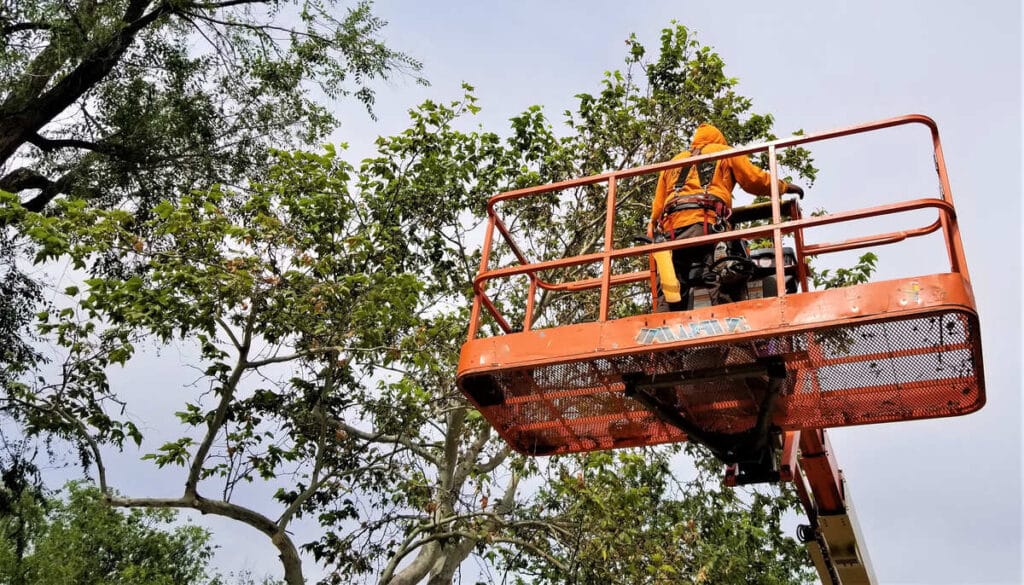
Proper trimming requires more than just the right time. For instance, inappropriate trimming cuts can have a detrimental effect on your tree’s health and recovery.
Another mistake rookie companies make is trimming too much at once. When trimming coniferous and deciduous trees, it’s important to avoid removing more than one-third of the tree’s foliage. Removing too much foliage at once can stress the tree and make it vulnerable to disease and pests.
So, if you have overgrown deciduous and coniferous trees or large branches that need removal, hiring a professional tree service is best. They have the tools and expertise to safely remove branches without damaging the tree. They can also advise you on how to best care for your trees to keep them healthy and beautiful for years.
Joe Marra Tree Service is a solid company with 20+ years of experience, and it has grown in prestige and reputation.
Trimming is a science that we have been trained to perform with the highest care and caution so we don’t hinder your tree’s growth.
If you need professional tree service in Oakland, Oak Ridge, Wayne, West Milford, Pompton Lakes, and Ringwood, NJ, you should call Joe Marra Tree Service to trim your trees at the right time and in the right way.